Warm weather and a wet ground give a cozy welcome to nature’s most nefarious pests. The arrival of mosquitoes, flies, moths, ticks, and fleas followed by diseases caused by them pose a more severe threat. This summer, find out ways to protect your surroundings from these unwanted pests by PLANTING!
A Few Facts on Ticks:
- Ticks are not insects!Instead, they are relatives of spiders and mites.
- Ticks require blood for sustenance! They are like mini vampires that suck blood and can stay if 24-48 hours to keep feeding on the host.
- Ticks prefer fur-bearing animals as hosts! If you have pets at home, they will surely be prone.
- Ticks are gentle hosts of pathogens, bacteria, viruses, protozoa! Ticks spread deadly diseases.
If you are on a mission to shoo away ticks from your area thoroughly, you can either use bug sprays or apply DEET (Diethyltoulamide) on your body or make the ecosystem happy by planting more and more trees. Now you can select plants which not only add beauty to gardens and balcony but also deter fleas, bugs, beetles, flies, and ticks like pests.
Which Plants Can be Chosen as Tick-Repels?
Fragrance: Plants that produce rich essential-oils or toxins (like nicotine from tobacco plant) often have a strong taste and smell. The fragrance is a distinctive property that humans like, and ticks despise.
Chemicals: As a defense mechanism, herbs, shrubs, plants, trees, etc., produce powerful chemicals to deter animals from eating them and keep insects at bay.
Anti-pathogen properties: Some plants have anti-microbial, anti-fungal, anti-parasite features that make them in-borne tick repels.
Top 10 Plant Picks that Repel Ticks
1. Rosemary
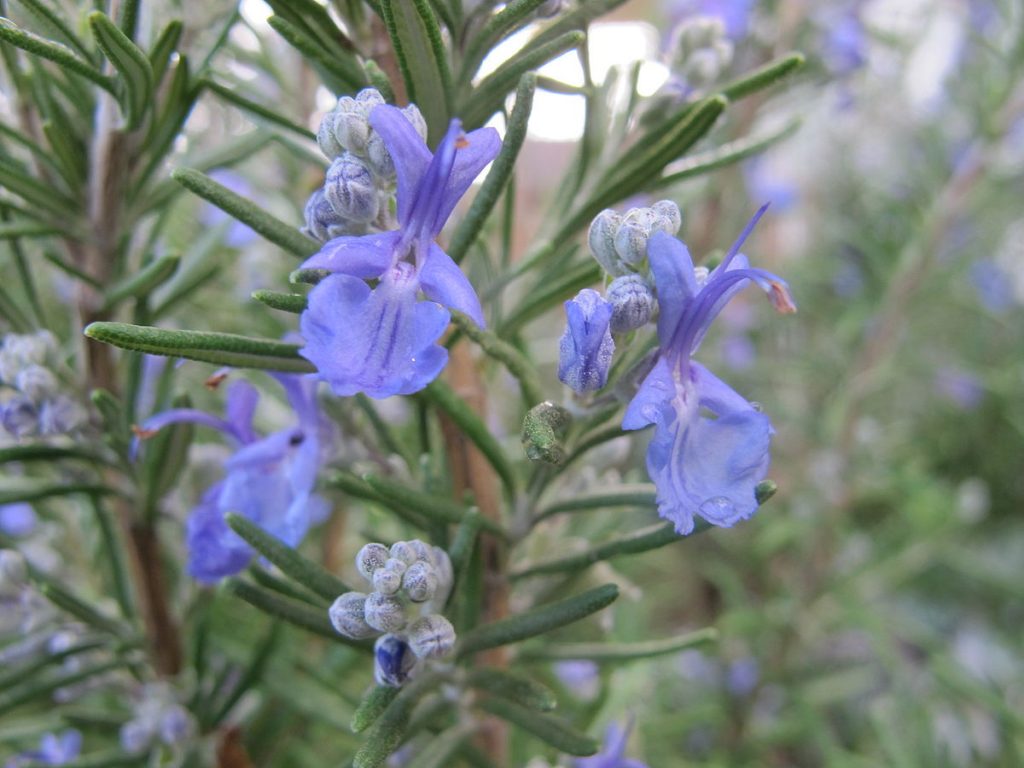
The fragrant Rosemary is an excellent eco-friendly pest-repellent option to use against ticks and fleas. The strong smell of it is enough to keep pests like ticks, aphids, mites, and flies away just by sprinkling sprigs around the garden.
It gets its intense, earthy smell from the essential oil that the plant produces in a lot. Planting Rosemary is easy as the herb can grow from a cutting of the plant than directly from seeds. It can preferably be grown in hot and dry areas. It is a common culinary herb too.
2. Eucalyptus
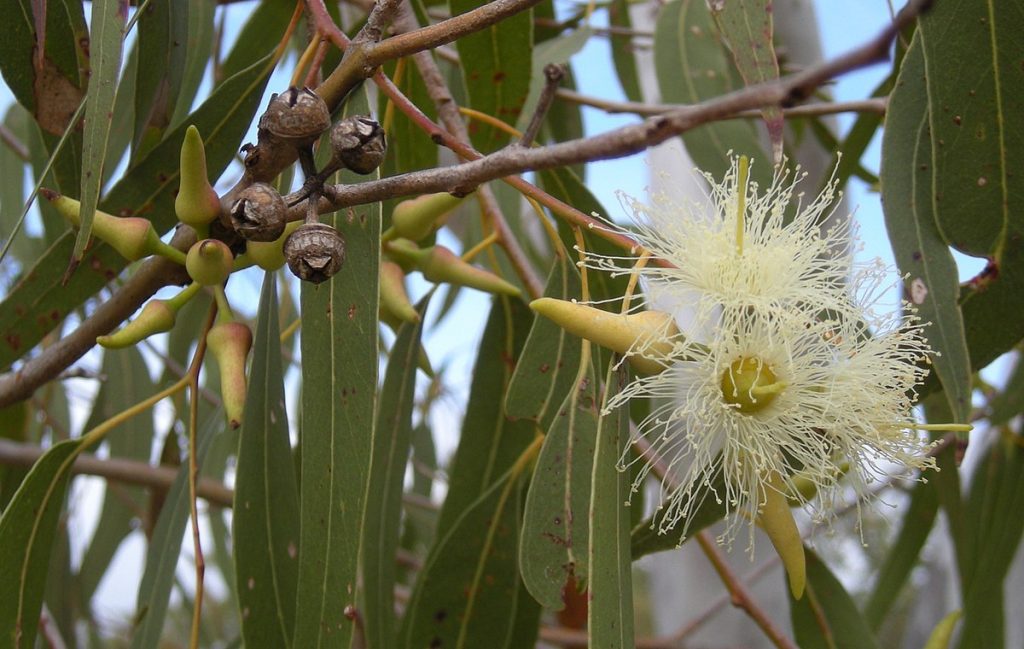
Like peppermint oil and citrus oil, Eucalyptus oil is a substantial anti-repellent choice originating from the leaves of Eucalyptus trees. The woods and leaves of the Eucalyptus are used in tons of industrial affairs.
The dried leaves and Eucalyptus oil are used in making medicines to treat asthma, bronchitis, arthritis, and a remedy for skin problems. The trees require well-drained, deep, and fertile soils and grow well in warm climates.
3. Geranium
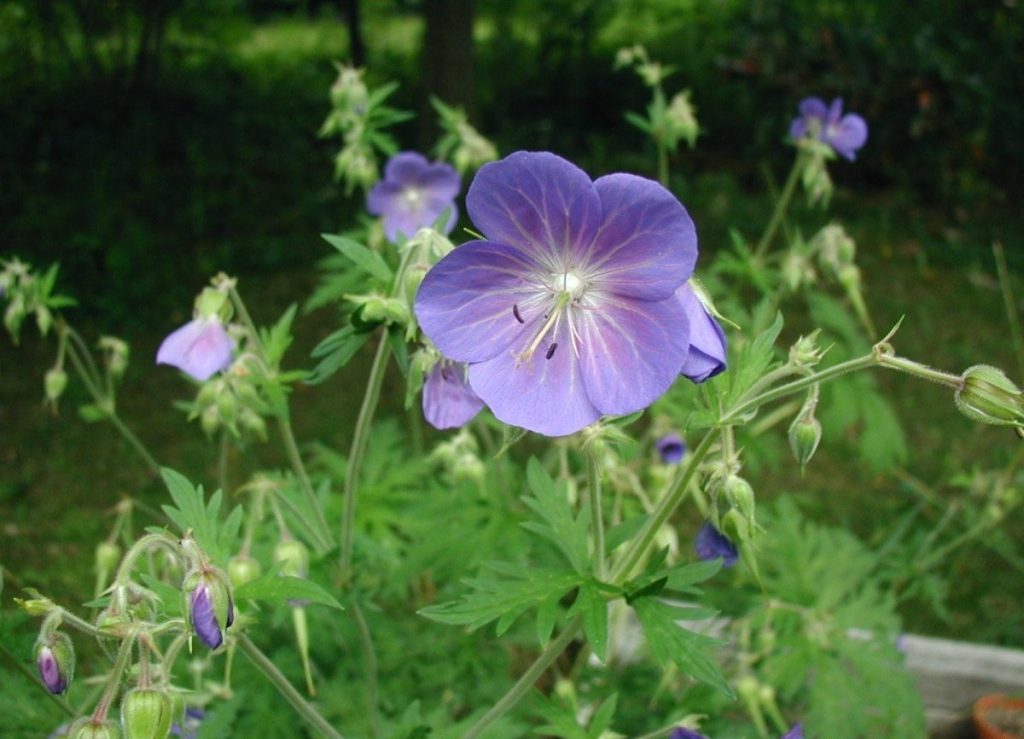
Geranium is a group of flowering plants and is also recognized by the name cranesbill. The plants need extra digging and pruning to maintain their cover over the winter. These plants are mosquito repellents and are efficient in keeping ticks at bay.
The flowers blossom into small, colorful, pretty colors and can be used for decorating or in flower beds in and around the vegetable gardens. These flowers can be toxic to your pets.
4. Catnip
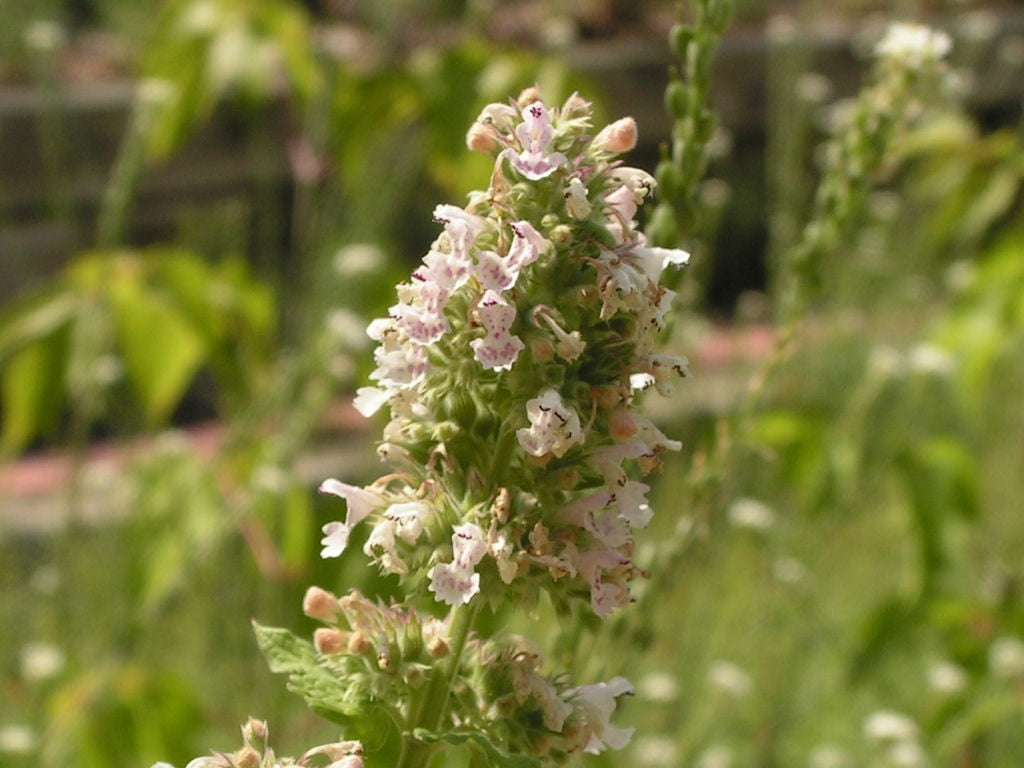
The intense smell of Catnip deters ticks, mosquitoes, and cockroaches as well. It is a low, growing plant that is easy to cultivate. The ethereal oil produced in the flowers of Catnip contains nepetalactone, a substance that is despised by ticks and insects.
Nepetalactone is believed to be ten-fold more effective than DEET by the researchers. Crushed dried Catnip can be rubbed on the furs of cats to deter ticks as they move around, and theylove the smell too.
5. Rue
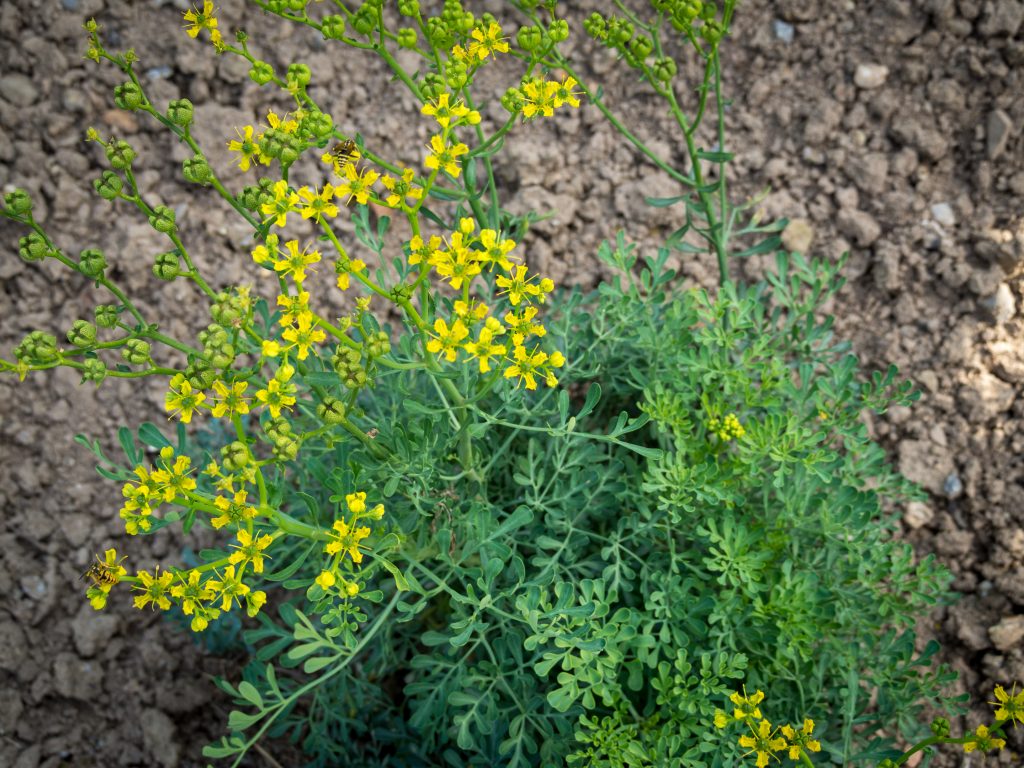
This evergreen herb is enriched with anti-microbial, anti-fungal, and insect repellent properties. The herb can be identified by its lustrous, blue-green, or metallic blue leaves. Rue needs a lot of sunlight but lesser water and grows even in poor soil.
The intense smell of these vigorous disinfectant plants drives away ticks, fleas, bugs, beetles, and flies, too, by rubbing them on the animal fur. However, if you have a pet cat at home, this plant does repel that too. The Rue-oil is toxic even to the human skin, causing blisters and rashes at times.
6. Chrysanthemum

Apart from the insect-repelling property, this plant adds beauty to your garden. They have gained popularity as gardens and balcony plants owing to their pretty flowers appearing in the fall, which come in varieties from single to multi-colors.
It also serves your wish to shoo away ticks and fleas. Plant these beautiful hardy perennials in the spring and watch them grow and make your garden spectacular. It contains a chemical called pyrethrum, which is a natural pesticide for ticks and fleas. If flowers of Chrysanthemum are eaten by your pets, vomiting and diarrhea symptoms would show up.
7. Mint
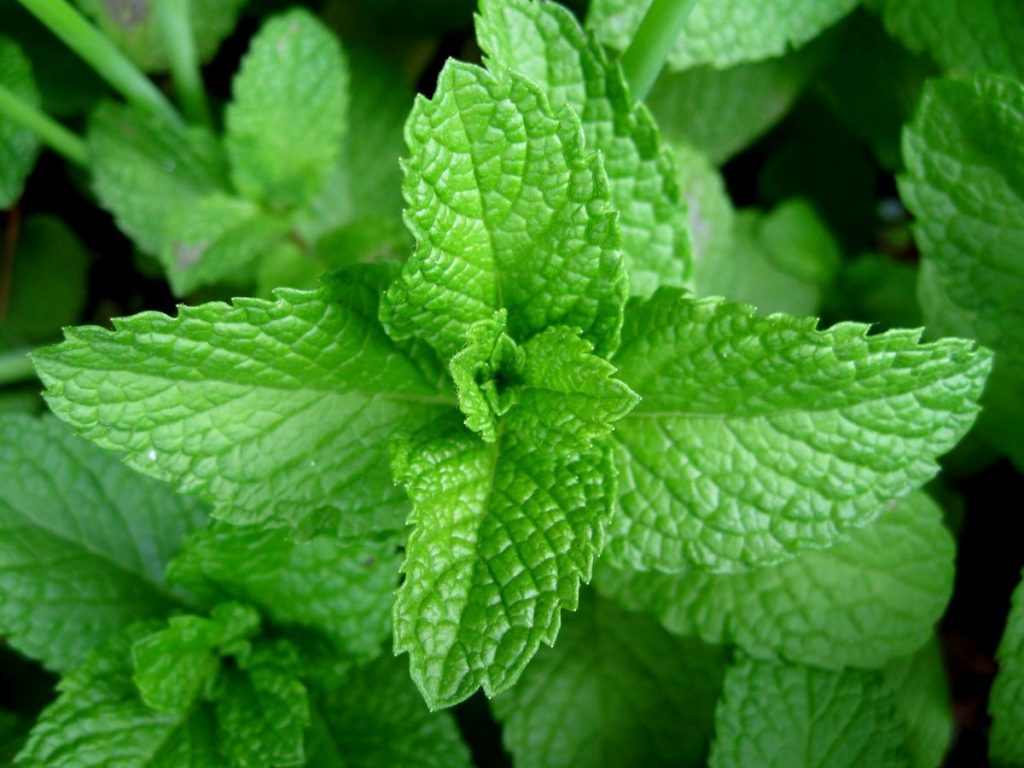
The minty smell of the plant is derived from the high concentration peppermint oil, which serves as a distinctive tick-repellent nature of the plant. The mint herbs are natural to grow, and they spread like wildfire. So, it is good to plant mint in pots than in the ground.
Placing fresh mint leaves in pantries helps deter ants, hanging mint tea pouches or sachets of dried mint in closets helps deter moths and flies, and rubbing crushed mint leaves on the coats of your cats and dogs can help deter biting insects.
8. Lavender
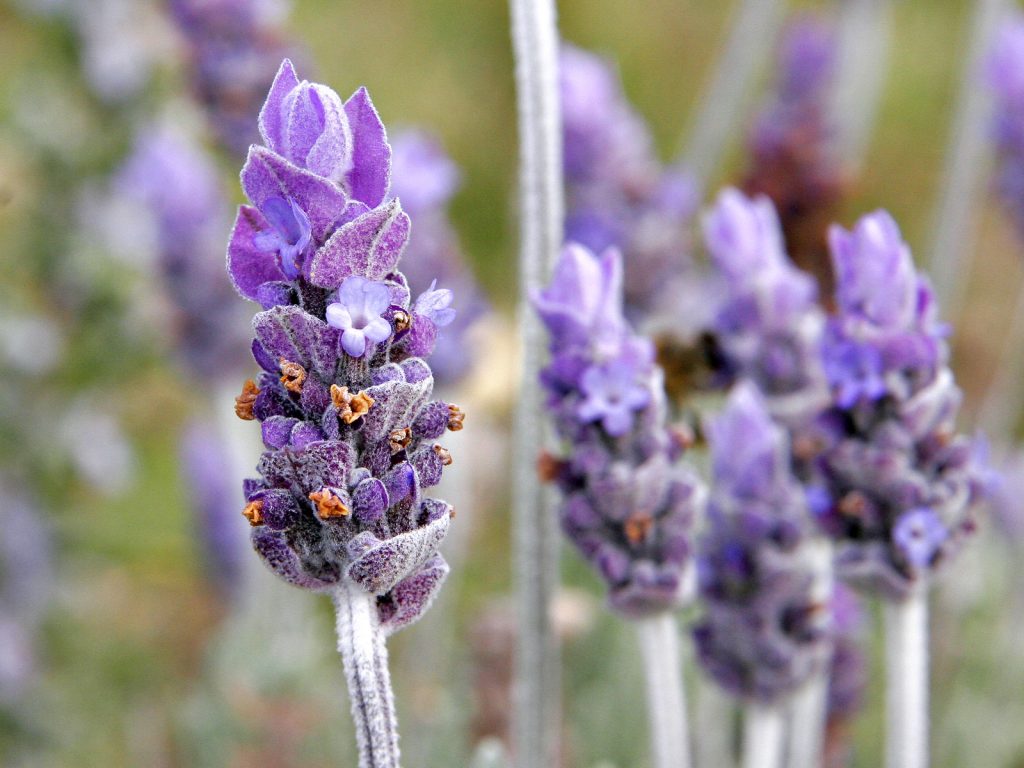
Lavenders are close relatives of mint bearing lovely purple flowers and charismatic aroma. The plant grows well in hot and dry places. Lavender essential oil, like peppermint oil from mint, is primarily used to repel ticks around.
Owing to its fragrance, Lavenders are used as a culinary herb and in room fresheners. They also are used as an ingredient in cosmetic products but should be kept away if one has facial dermatitis (eczema). Lavenders can induce nausea and vomiting in your pets if ingested.
9. Garlic

A whole garlic plant can be grown from a single clove. The plant only requires a sunny location with well-drained soil. Tick-repellents are also available in the essential daily veggies.
The raw taste of garlic is very much preferred by humans, and at the same time, the durable, pungent smell of crushed garlic cloves keeps ticks away in the kitchen and garden.
10. Wormwood
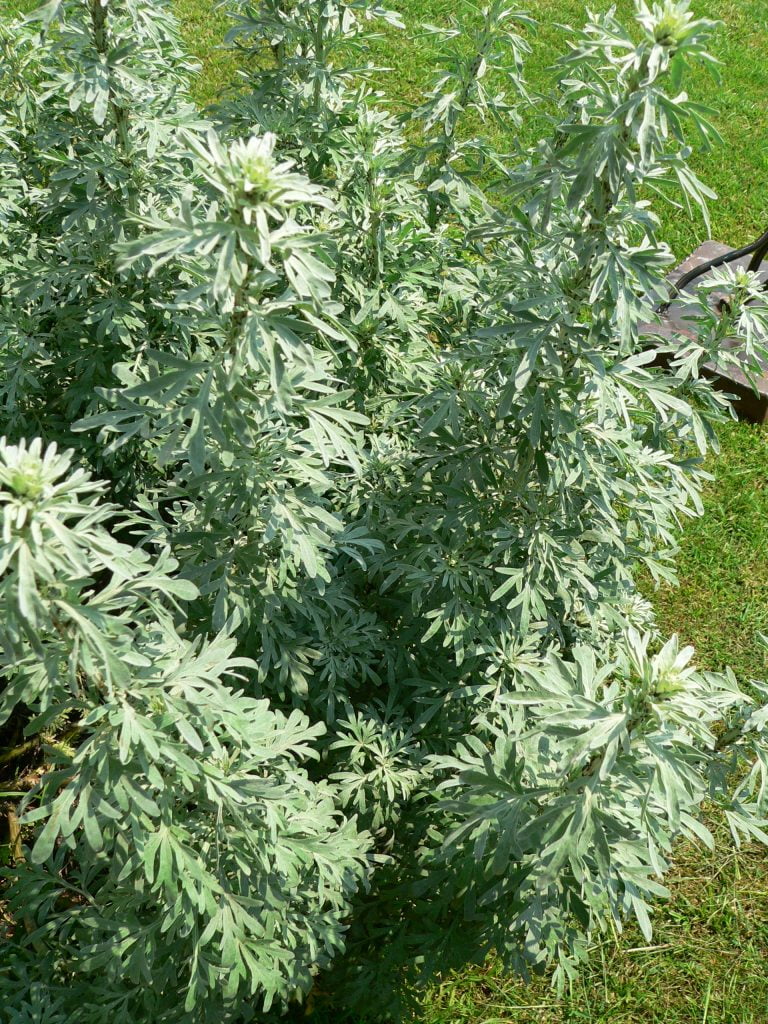
These plants reproduce in the wild, and thus they can be easily traceable around. The plant requires a lot of sunlight with well-drained soil to grow. They are shrubs that grow up to three feet in height, bloom yellow flowers. This perennial herb is bitter to taste and has dense, silver foliage. It is grown as a compact ornamental plant in the United States.
Wormwood oil, the essential oil in Wormwood, does not just keep ticks, flies, and moths away, but it also has counter-irritant properties that reduce pain like arthritis. It can also be used for digestive disorders. The leaves of Wormwood are aromatic, which can be used to make tea. It is also the main ingredient in absinthe, alcohol beverage.
How Safe are the Ticks Repelling Plants?
Plants induce toxins to protect themselves from being chewed away. The plants chosen for killing bugs and ticks produce enormous essential oils as identified from the intense smell.
These toxins are toxic to your pets as well. They can cause blemishes and rashes on the exposed skin and breathing problems in adverse cases. Taking precautions is thus mandatory while handling the plants. A few plants which are mentioned in the list may cause trouble:
Rue
The plant repels cats, and its essential oil is toxic even to the human skin, causing blisters and rashes.
Wormwood
The herb is bitter and produces a toxin named Thujone, which can be fatal in large amounts.
Eucalyptus
Eucalyptus oil can cause seizures if swallowed mistakenly. Thus the pets are to be kept away from these.
Geranium
The Pelargonium species of Geranium plants are toxic for pets causing skin rashes, low blood pressure, lethargy, and loss of appetite.
Chrysanthemums
Cats are very fond of Chrysanthemums, which can be a problem. The cats prefer rolling down on the plants or just chew away the flowers and leaves and destroy the look of the entire garden.
To overcome this, one can plant the trees in hanging pots or baskets, or put up a fence around the flower beds so that the pets do not come in contact with them or foolishly eat them away spoiling the garden.
Conclusion
All the plants mentioned can be bought from a nursery. Most of the plants which repel ticks must bloom first to produce essential oils, and you must do prior planning to sow them accordingly.
Instead of sticking onto just one type, you can combine several tick-repelling plants for the varied essential oils they produce.
The ultimate benefit by planting all the beautiful and aromatic tick-repelling plants in your yard is that the pets will love them, children can cherish them, and the yard looks gorgeous than ever.









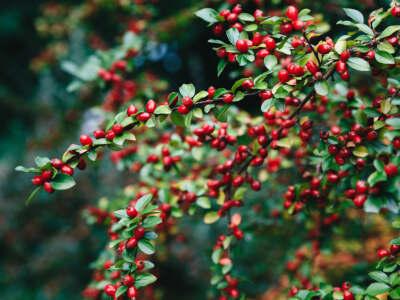
Comments